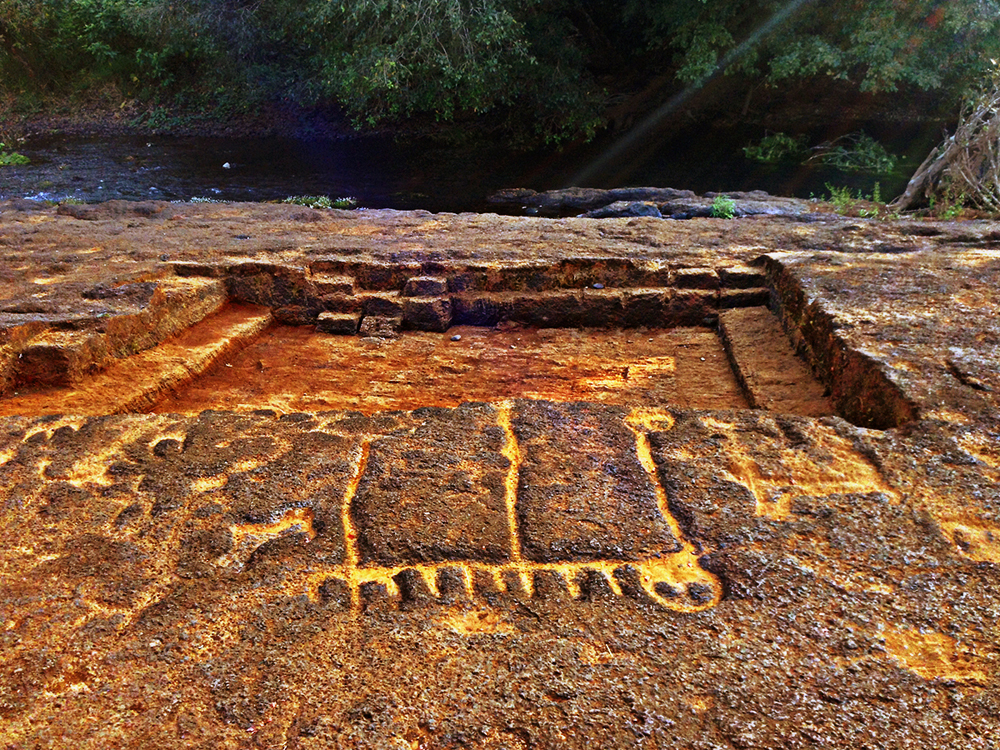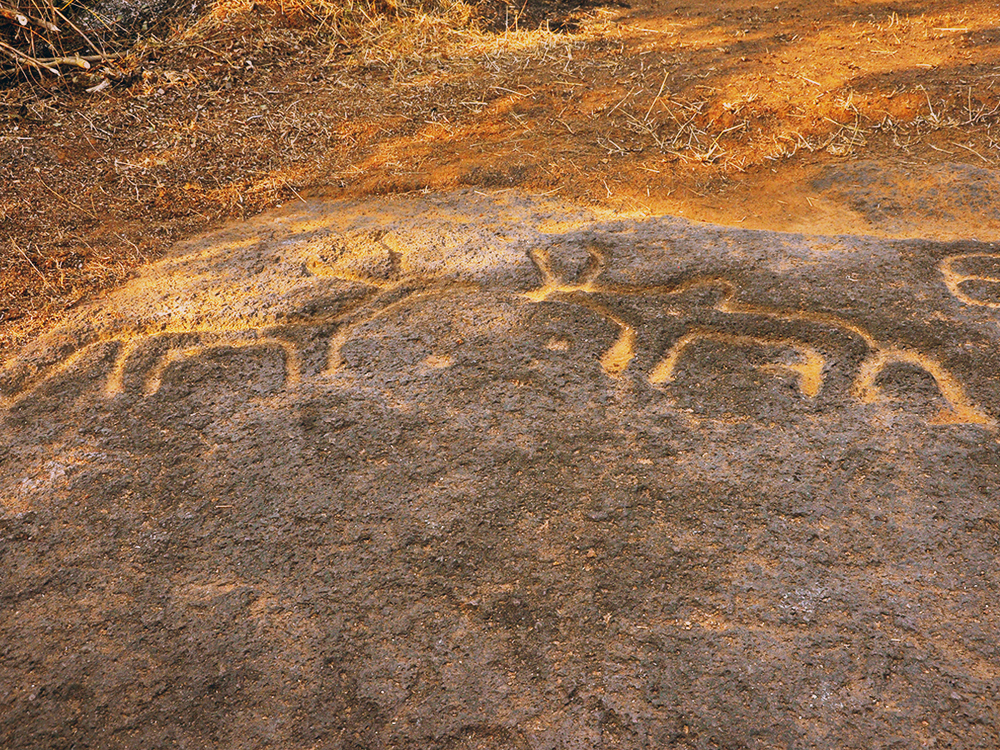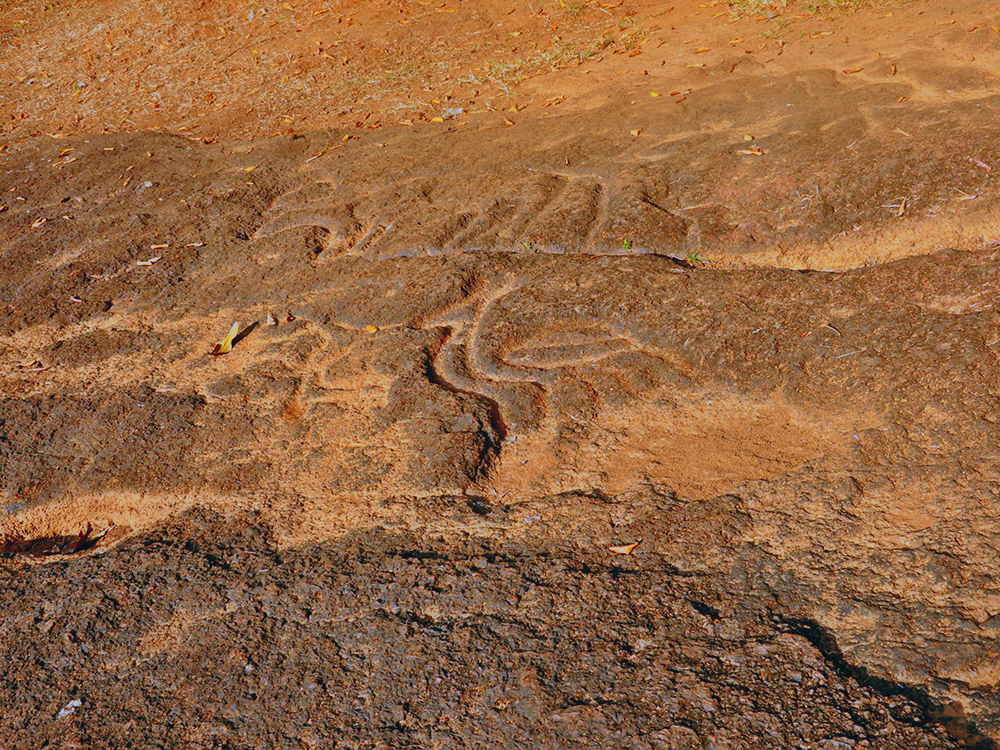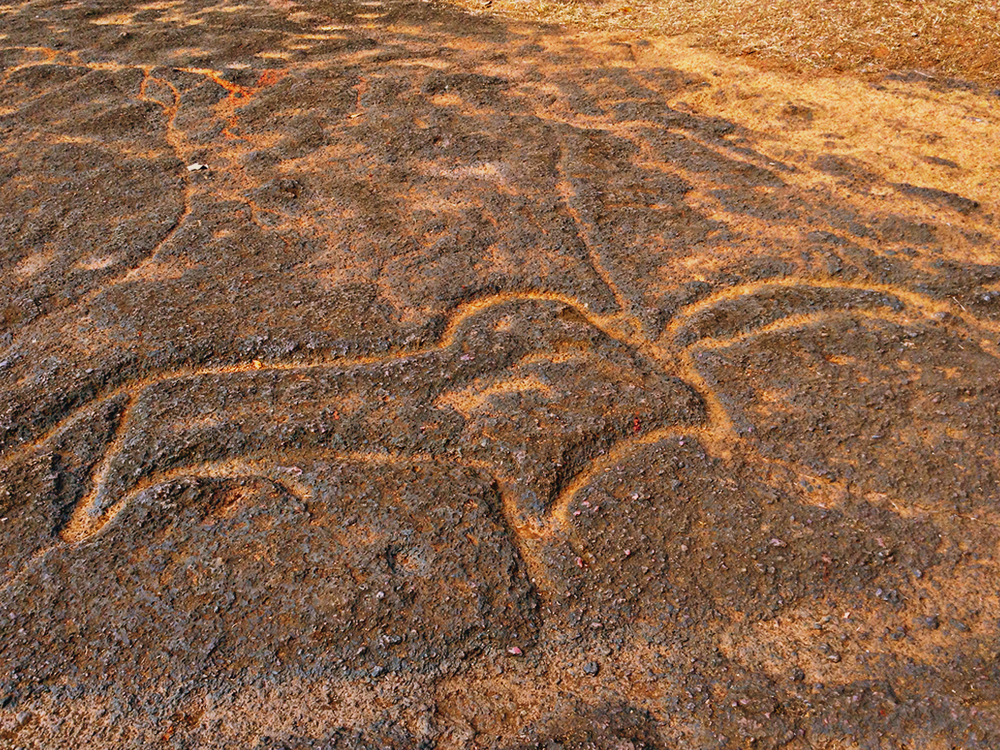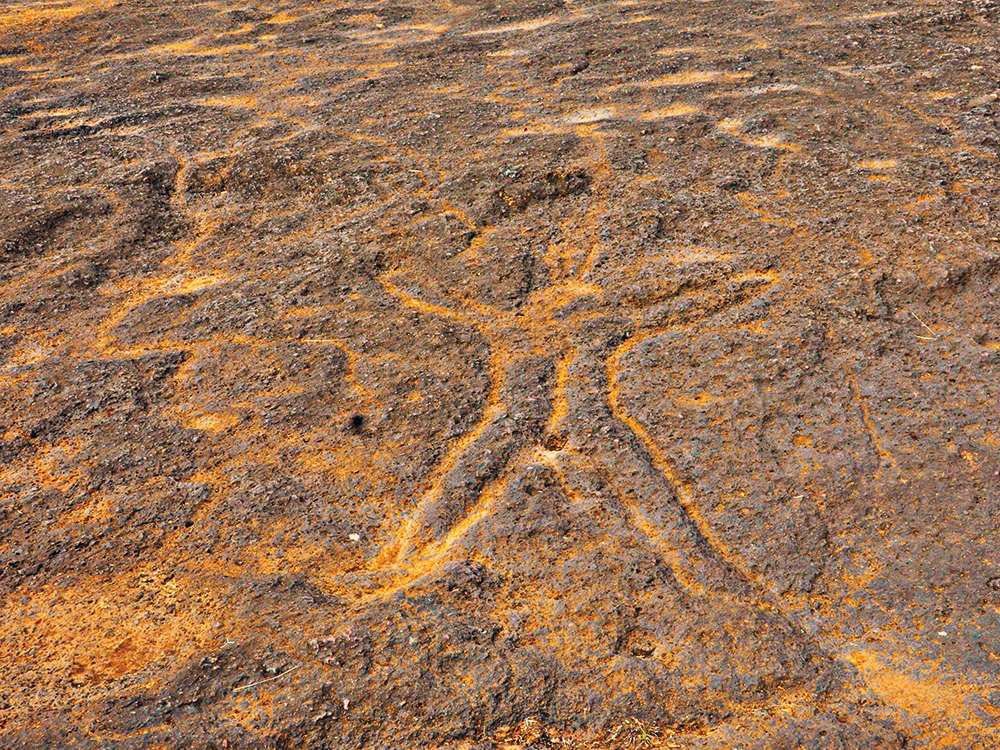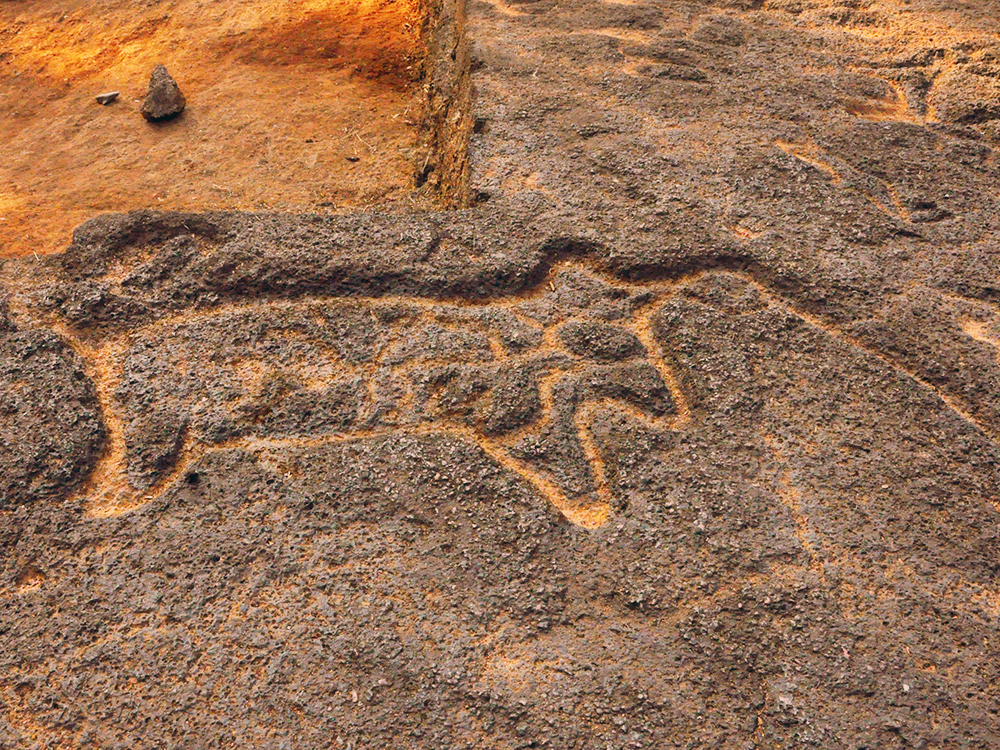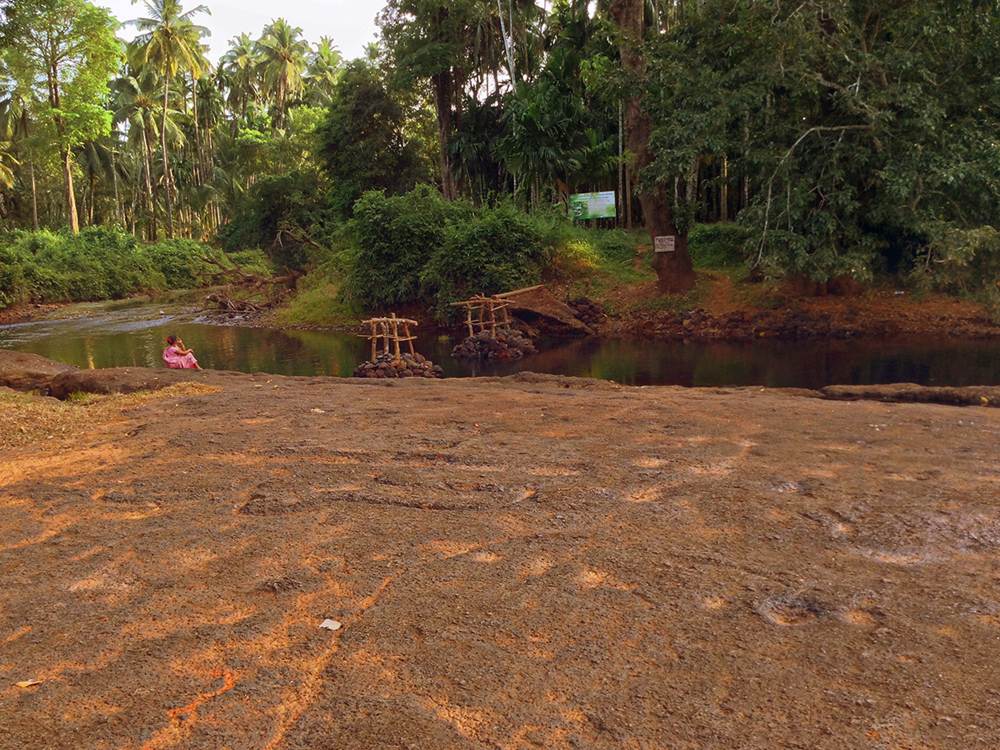Design Gallery
Prehistoric Creations on the Rock in Goa
Rock Carving
by
Each Indian monument is a remarkably excellent sample of unbelievable artistry, covering a sense of mystery and deception. Such monuments of India have become an inspiration for the future generations. Stone Age carving on laterite at Pansaimal, it is situated outside of the village to a bend in the river Kushawati. Goa is evident the master craftsmanship and elegance, that brings to the forefront the splendour of the bygone era.
The mystical rock carvings were discovered on 8th May 1993 by the villagers of Pansaimal which is also referred as Usgalimal, it is situated at about 75kms from Panjim and 16kms south from Rivona in the Sanguem taluka in south Goa. The site is hidden behind an old iron mine, one can easily get to the carvings as a board has been erected by the ASI along the roadside for advertisement. These rock carvings are now one of the most important prehistoric sites in western India as they are thought to date between circa 8000BC - 2500BC from the Upper Palaeolithic period.
The rock has a carving of around one hundred distinct figures, which included images of bulls, symbols, spirals, implements, lines, human figures, goddess, fish, deer, antelope, a dancing woman, a peacock and triskelions – A figure consisting of three stylized human arms or legs radiating from a centre and a series of concentric circles thought by some archaeologists to have been a primitive means of measuring time. The area covers approximately 60 x 30 sq. metres carved on a bed of laterite.
The images in this module document a few examples of the exquisite stone carvings found at one of the beautiful villages of Goa.
Links for reference:
https://en.wikipedia.org/wiki/Usgalimal_rock_engravings
http://daa.goa.gov.in/monuments_details.php
http://blog.parrikar.com/2009/10/11/prehistoric-rock-art-gallery-in-goa/
https://www.ixigo.com/usgalimal-rock-carvings-goa-india-ne-1648488
http://www.goaholidayhomes.com/information/usgalimal-rock-carvings.html

A series of concentric circles possibly a primitive means of measuring time. There is no entrance fee to this place though there is a full-time caretaker who also guides the tourists. There are many spiral symbols carved by the Stone Age man which depict his understanding of the geometrical shapes such as labyrinth. The labyrinth symbol has been found all over the world.












